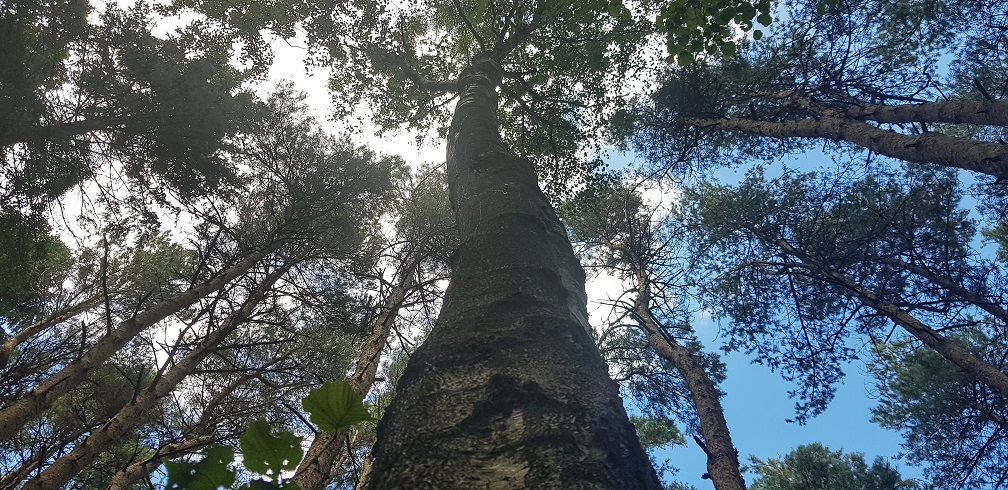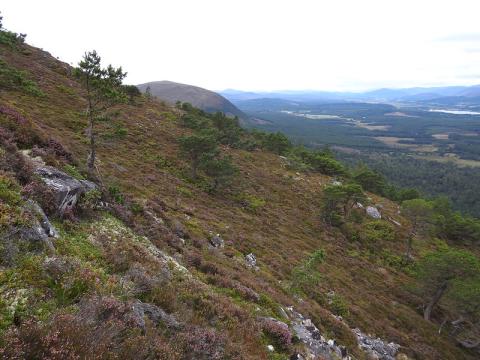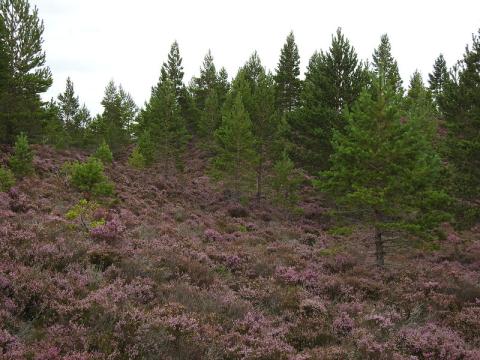To repeat the 'Bunce' 1971/2001 GB broadleaved woodlands survey and 1971 Scottish pinewoods survey, between 2020 and 2022
In 1971, a survey of trees, ground vegetation and soils was undertaken by Professor R G H Bunce of the Nature Conservancy, within a set of 103 broadleaved woods across Britain, and 27 native pinewoods in Scotland. The broadleaved sites were drawn from a larger survey carried out in the 1960s for the Nature Conservation Review. They were therefore mainly ancient semi-natural woodlands (ASNW) and so reflect the state of woods of conservation interest. The pinewoods represent the major 27 sites of the 35 sites identified as truly native pinewoods in Scotland.
The broadleaved woodland sites were revisited during 2000-2003 (the ‘2001 survey’). The Woodland Trust and the UK Centre for Ecology & Hydrology repeated this survey from 2020-2022 with the support of a number of other organisations.
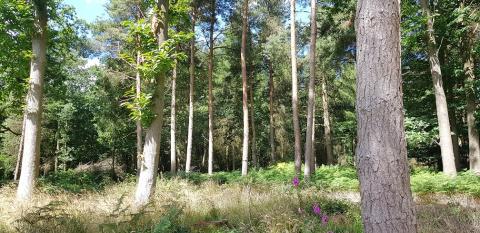
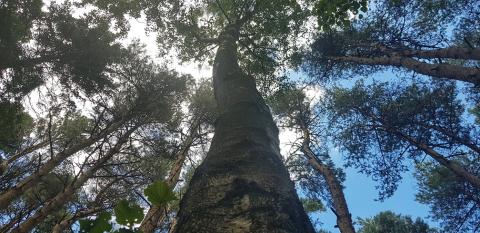
Photos: C. O'Rourke, G. Routledge
Progress: View the final progress dashboard
